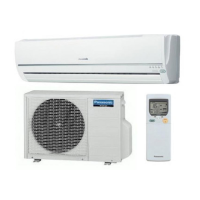
Do you have a question about the Panasonic CS-A7HKD and is the answer not in the manual?
| Brand | Panasonic |
|---|---|
| Model | CS-A7HKD |
| Category | Air Conditioner |
| Language | English |
Explains symbols used for prohibitions and compulsory actions in safety instructions.
Safety guidelines for using the remote control, including battery handling.
Safety measures related to the indoor unit installation and operation.
Crucial safety instructions for electrical connections and power usage.
Safety warnings for the outdoor unit, covering handling and placement.
Specifies the recommended indoor and outdoor temperature ranges for cooling and heating.
Covers battery disposal and end-of-life product disposal procedures.
Details the e-ion system for generating negative ions to purify air.
Explains the use of the auto OFF/ON button on the remote control.
Instructions on how to switch the air conditioner unit on and off.
Guidance on adjusting the desired temperature for different operating modes.
Steps to choose between AUTO, HEAT, COOL, and DRY operating modes.
Describes enjoying warm air in HEAT mode and its warm-up indicator.
Explains how to enjoy cool air in COOL mode.
Details the DRY mode for dehumidifying the environment with low fan speed.
Instructions for selecting fan speed from the available options.
Guidance on adjusting the vertical airflow direction using the louvers.
Information on activating e-ion to generate negative ions for air purification.
Details on the PATROL sensor for detecting and indicating air quality.
Describes the operation to reduce airflow noise for a quiet environment.
Explains the operation that achieves desired temperature rapidly.
Instructions on setting the timer for automatic unit operation.
Covers advanced settings like PATROL activation, dimming, and unit conversion.
Provides guidelines on what cleaning agents to use and avoid.
Instructions for cleaning the aluminum fin, front panel, indoor unit, and filters.
Covers preparation for extended non-use, seasonal checks, and non-serviceable criteria.
Lists common operational symptoms that do not signify a fault.
Provides a checklist of common issues to verify before contacting service.
Steps for preparing the remote control by inserting batteries.
Covers selecting modes, starting/stopping the unit, and setting temperature.
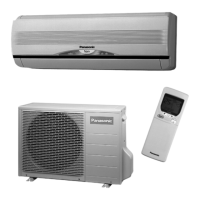
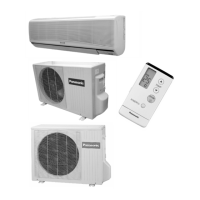
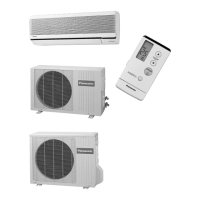
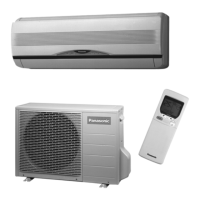
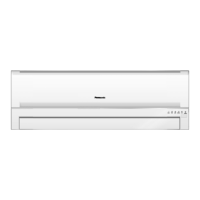


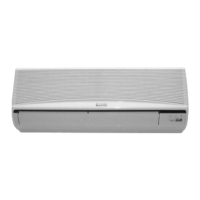
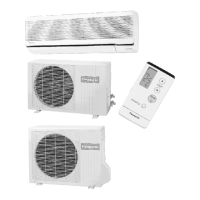

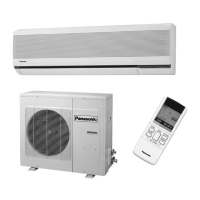

